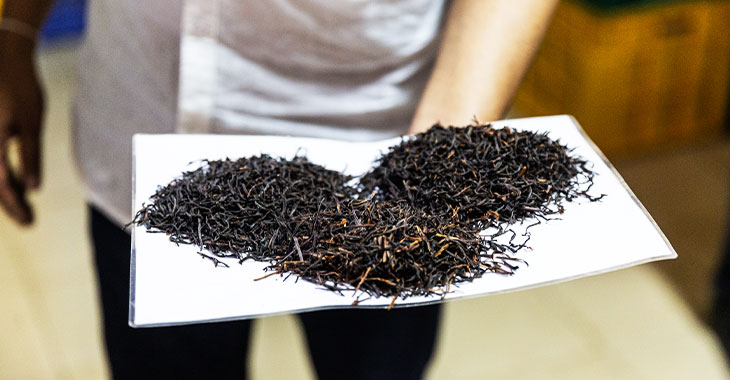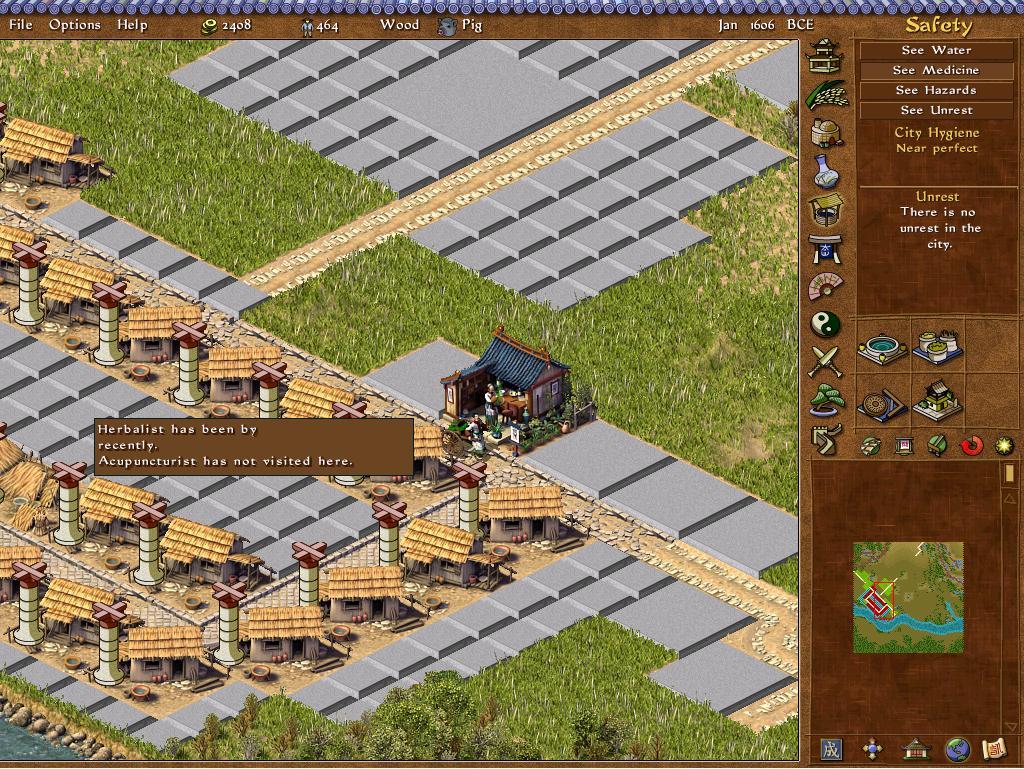

From there, the drink spread to Sichuan, and it is believed that there "for the first time, people began to boil tea leaves for consumption into a concentrated liquid without the addition of other leaves or herbs, thereby using tea as a bitter yet stimulating drink, rather than as a medicinal concoction." Origin myths Īccording to The Story of Tea, tea drinking likely began in Yunnan province during the Shang Dynasty (1500 BC–1046 BC), as a medicinal drink. Yunnan Province has also been identified as "the birthplace of tea.the first area where humans figured out that eating tea leaves or brewing a cup could be pleasant." Fengqing County in the Lincang City Prefecture of Yunnan Province in China is said to be home to the world's oldest cultivated tea tree, some 3,200 years old. On morphological differences between the Assamese and Chinese varieties, botanists have long asserted a dual botanical origin for tea however, statistical cluster analysis, the same chromosome number (2n=30), easy hybridization, and various types of intermediate hybrids and spontaneous polyploids all appear to demonstrate a single place of origin for Camellia sinensis-the area including the northern part of Burma, and Yunnan and Sichuan provinces of China. The plant was introduced to more than 52 countries, from this 'centre of origin'." " Camellia sinensis originated in southeast Asia, specifically around the intersection of latitude 29°N and longitude 98☎, the point of confluence of the lands of northeast India, north Burma, southwest China and Tibet. The British introduced tea production, as well as tea consumption, to India, in order to compete with the China monopoly on tea. Drinking tea became popular in Britain during the 17th century. Tea was first introduced to Portuguese priests and merchants in China during the 16th century. An early credible record of tea drinking dates to the 3rd century AD, in a medical text written by Hua Tuo. Tea likely originated in southwest China during the Shang dynasty as a medicinal drink. In Western and World History, edited by Ainslie T.The history of tea is long and complex, spreading across multiple cultures over the span of thousands of years. See Robert Hymes, “Song China, 960-1279,” in Asia Curtin in Cross-Cultural Trade in WorldĬambridge University Press, 2008), 109 as quoted inĪnd the Great Convergence: Rethinking World History in the Central to its engagement with the outside world were efforts to maintain peace with its powerful northern neighbors and extend its trading networks.ĭ. Yet, despite its political and economic strengths, Song China was not able to dominate its neighbors militarily.

Many ways of living and acting that Westerners now see as most thoroughly “Chinese,” or even characteristically East Asian, did not appear before the Song. Why else is the Song Dynasty so significant? The upper-levels of the government were staffed by highly educated scholar-officials selected through competitive written examinations. The Song system of government was also advanced for its time.The population grew rapidly during this time, and more and more people lived in cities.Indeed, scholars today talk of a Song economic revolution.


Urbanization, and industrialization that has led some authorities It depended on a combination of commercialization, In earlier Chinese history, perhaps in world history up to Passed through a phase of economic growth that was unprecedented In the 12th century provides us with a look at society and urban lifeįor several centuries the Chinese economy had grown spectacularly: “Between. A magnificent picture scroll painted by a Chinese artist


 0 kommentar(er)
0 kommentar(er)
